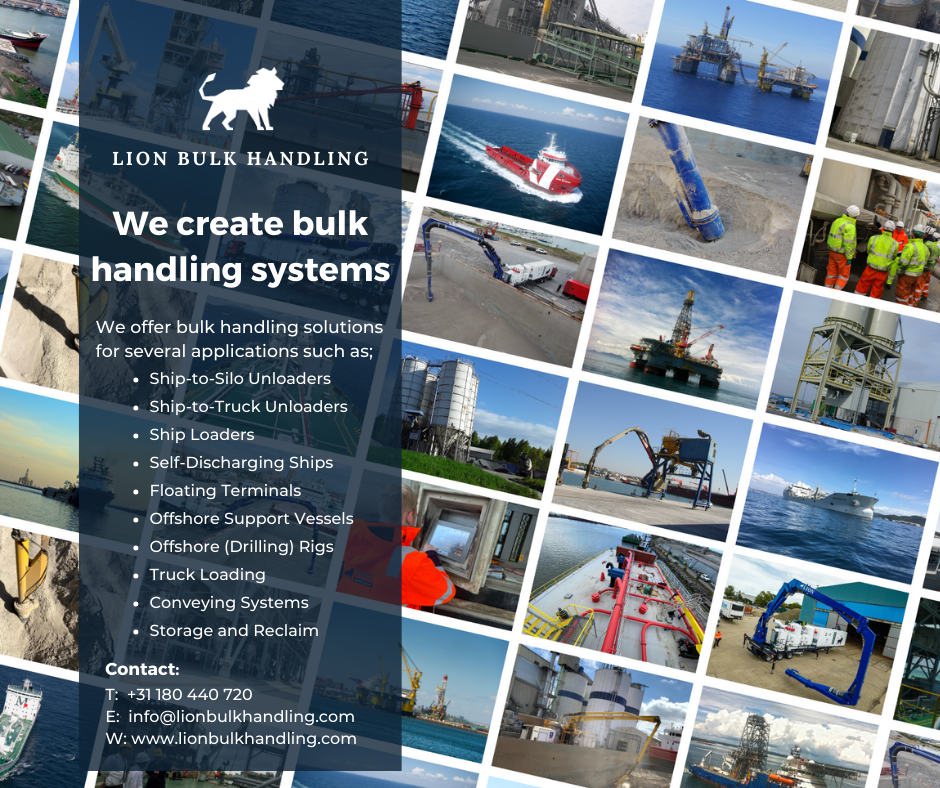Can cement fly? – Part 1: Fluidization

Everyone in the cement industry is familiar with Fly-Ash as a partial replacement for cement. In contrast, the optimum percentages depend on many factors, but the question is dedicated to “Can the product cement or fly-ash itself fly?”
Fluidization:
Everything can fly (even briefly) if you put enough motion into the object/product. As the shape of an Ordinary Portland Cement (OPC) particle is generally low sphericity and very angular, such particles by bulk can be moved by various mechanical or pneumatic solutions. Let’s focus on one of the pneumatic processes called “fluidization”.
Liquefaction is a simplified explanation of fluidization, whereby a granular material is converted from a static solid-like state to a dynamic fluid-like state using gas passing through the granular material. When a gas flow is introduced through the bottom of a bed of solid particles, it will move upwards through the empty spaces between them. At low gas velocities, aerodynamic drag on each particle is also low; thus, the bed remains fixed. Increasing the velocity, the aerodynamic drag forces will begin to counteract the gravitational forces, causing the bed to expand in volume as the particles move away from each other. Further increasing the velocity will reach a critical value at which the upward drag forces will exactly equal the downward gravitational forces, causing the particles to become suspended within the fluid. At this critical value, the bed is said to be fluidized and will exhibit fluidic behavior. By further increasing gas velocity, the bulk density of the bed will continue to decrease, and its fluidization becomes more violent until the particles no longer form a bed and are “conveyed” upwards by the gas flow.
When fluidized, a bed of solid particles will behave as a fluid. Like water, the solid particles will flow to the lowest part of their surroundings, allowing the transport of the cement in a controlled manner without interference of mechanical parts or equipment in the particles themselves.
Such pneumatic conveying is a straightforward application for handling large amounts of solids, like silos, hoppers, tanks, vessel holds, domes, flat stores, air slides, etc.
Contact our Lion engineers for below for more information.

Lion Bulk Handling Solutions
In conclusion, investing in efficient bulk handling systems is paramount for businesses looking to streamline their operations and maximize productivity. Whether you’re in the manufacturing, cement, offshore or maritime industry, optimizing your material handling processes can lead to significant cost savings and improved efficiency.
If you’re interested in learning more about how bulk handling systems can benefit your business, don’t hesitate to reach out to us. Our team of experts is here to provide you with tailored solutions and answer any questions you may have. Contact us today for more information and take the first step towards enhancing your operations.


